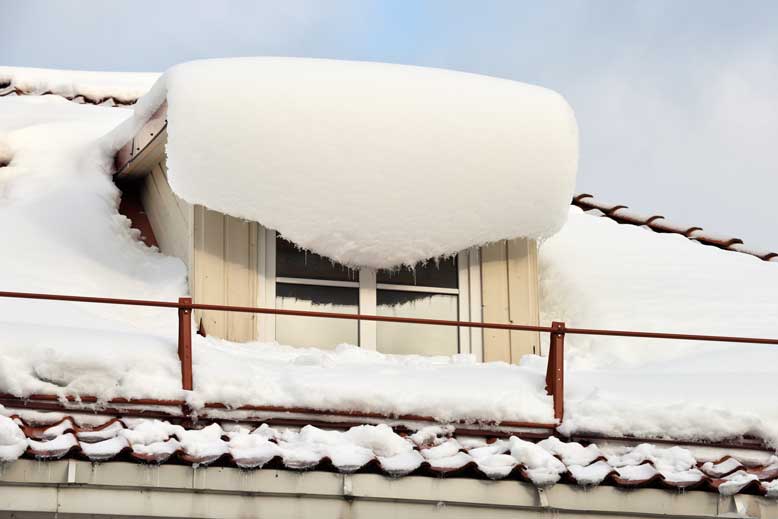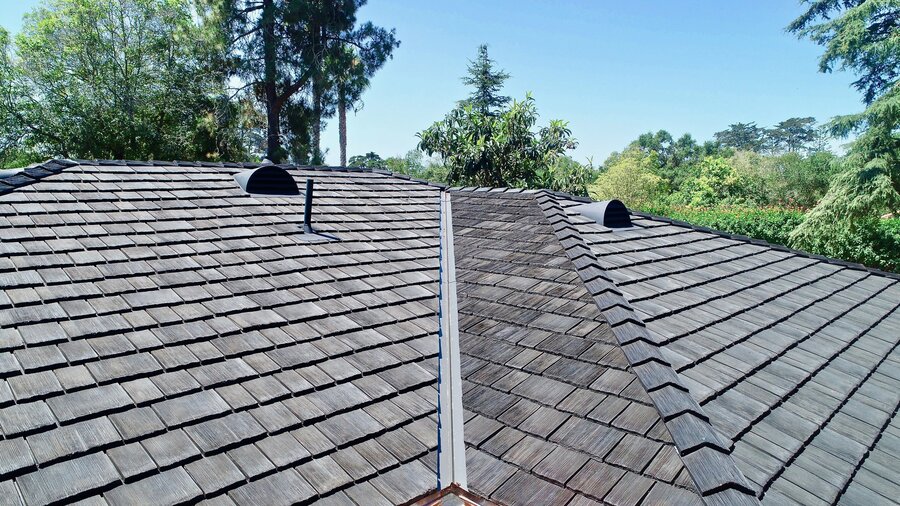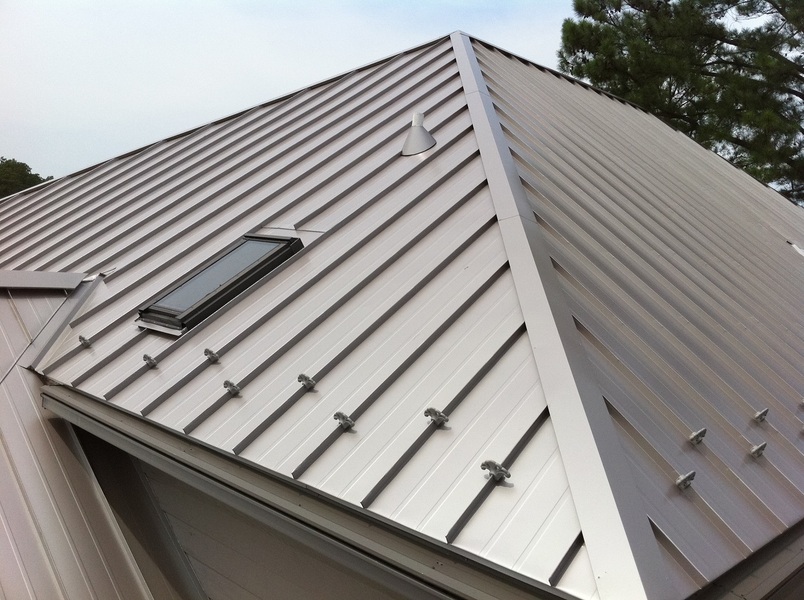How to Safely Remove Snow From Your Roof
How to Safely Remove Snow From Your Roof

With winter entirely upon us, snow and ice are a near-constant issue for your house. When snow and ice buildup on your roof, they can cause some severe problems.
To prevent any significant damage to your roof or your home, this snow will need to be removed from time to time if it doesn’t melt off quickly.
Removing snow from a roof can be a dangerous chore, and it’s always best to only do it if you’re confident in your abilities. In this short article, we’ll discuss the proper methods to safely remove snow from your roof without causing additional damage. Continue reading to learn more!
Materials Delivery and Existing Roof Removal
First things first, you should know when it’s even necessary to bother with removing snow from your roof. Do you need to remove snow if there’s only been a small accumulation? The short answer is no.
To go into more detail, here are some key points to consider when determining when you should remove the snow:
- Roof Pitch: If your roof is flat or the pitch is shallow, you’re at a greater risk for snow-related structural damage or even collapse. This is because the snow is allowed to sit in one spot and continue to accumulate. With a flat roof, even as the snow melts, the water will remain and likely refreeze. If your roof is flat or has a shallow pitch, you should consider removing the snow.
- Snow Density: Snow density is a crucial factor in determining whether or not to remove it. Wet, heavy snow will add much more weight to your roof than fluffy, powdery snow. If your area has experienced a wet, thick snowfall, you may need to remove it from the roof.
- Snow Distribution: It’s not every day that snow falls on your roof in a smooth, even coating. Typically, wind moves the snow around and causes it to buildup in certain roof sections, such as where the pitch meets an exterior wall or in a roof valley. When snow builds up in one spot, it can put significant stress on that spot and should be removed.
- Snow Overload: Snow overload is when the snow puts an extreme amount of weight and stress on your home. A simple way to check for this is to test all your windows. Go through your house and try to open and close each window. If any windows feel like they’re suddenly hard to open or feel stuck, there’s likely too much strain on your roof due to the snow.
The Do's and Don’t's of Snow Removal
Do
- Start at the edge of your roof when removing snow yourself and slowly work your way onto the roof.
- Use plastic snow removal tools on the roof, such as snow rakes for pitched roofs. These tools will help you prevent damaging your roof with metal tools or causing electricity-related accidents.
- Keep snow buildup from settling around fire escapes, emergency exits, drain downspouts, and roof vents.
- Call a roofing professional to remove the snow if you are worried about your safety or your home’s safety.
Don’t
- Snow removal can be dangerous, especially if ice has formed as well. Don’t try to remove heavy layers of snow and ice alone if you’re not completely comfortable and confident in doing so.
- Avoid using sharp tools to remove snow from the roof. These can do damage to your roof, and they’re simply not effective at removing snow.
- Don’t try to melt the snow from your roof with open flames or electric heating tools like hair-dryers or heat guns. This will likely form more ice and add even more weight to the roof.
- Don’t use a standard metal ladder to climb on the roof in snowy conditions. Only specialized ladders designed for winter weather conditions should be used.
Professional Roofing Companies are Your Safest Option
As we’ve mentioned, roof snow removal is a dangerous job and can end up causing more damage to your property if you aren’t careful. It’s always best to call a professional roofer to remove snow. This is even more true if you aren’t confident in your ability to remove the snow or if you’re uncomfortable. If you’re worried about snow building up on your roof, call a professional!





